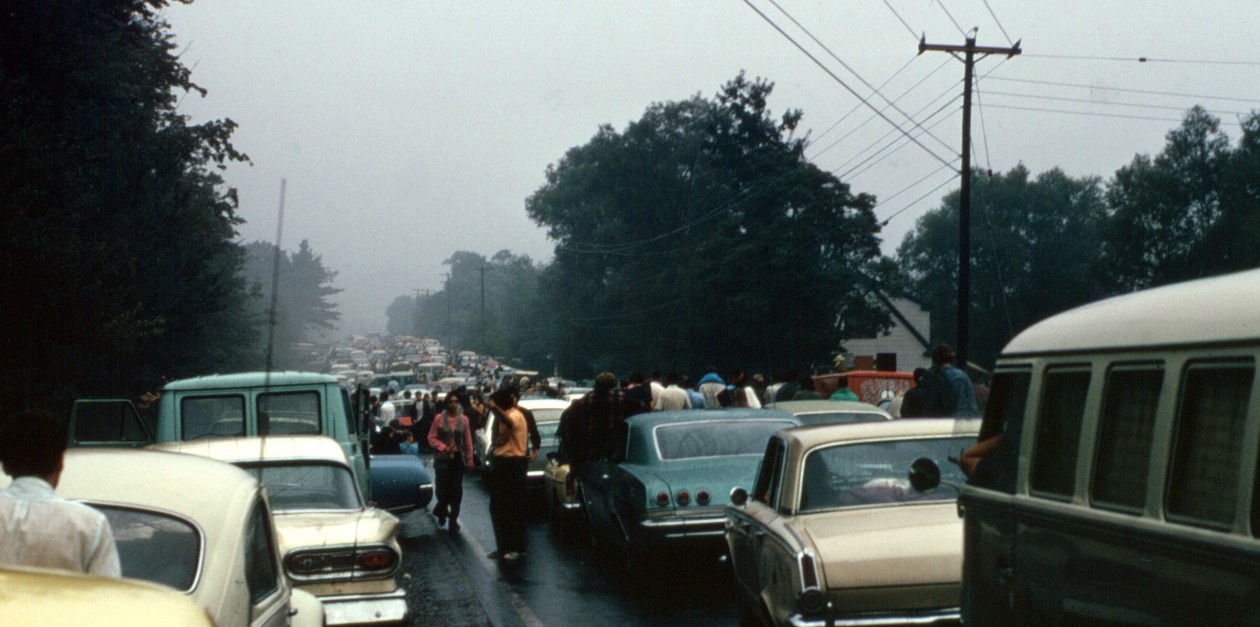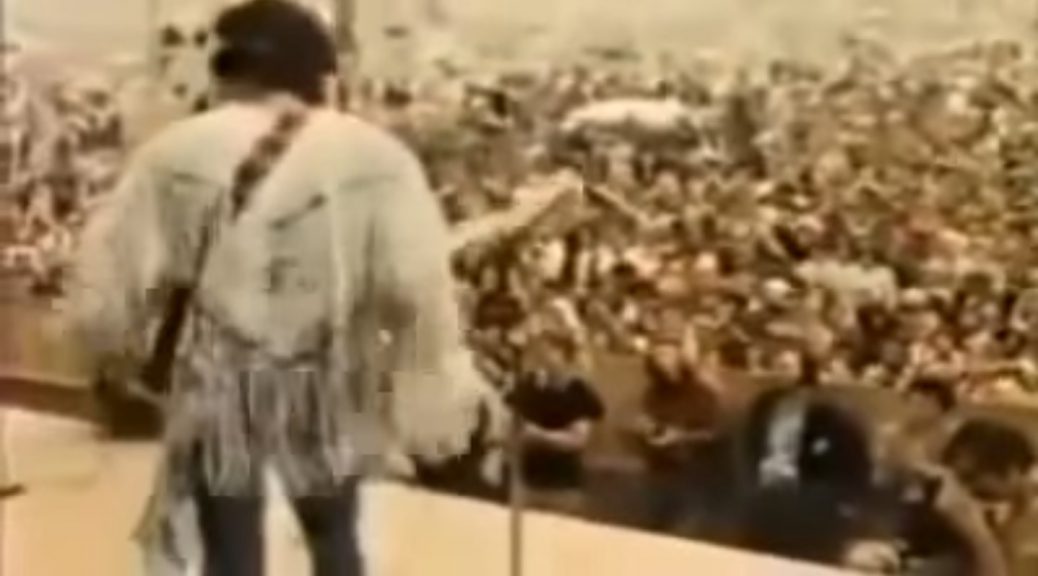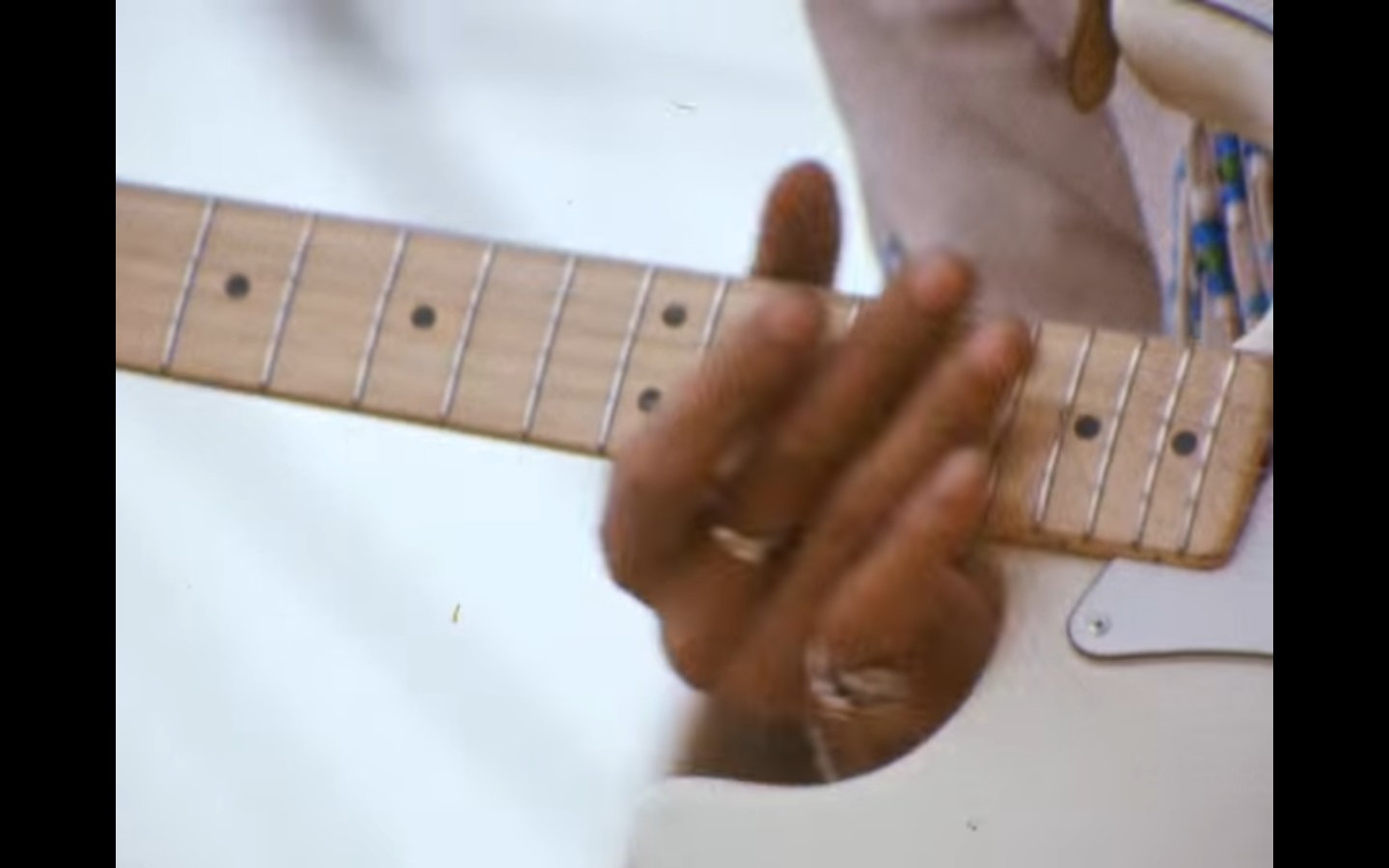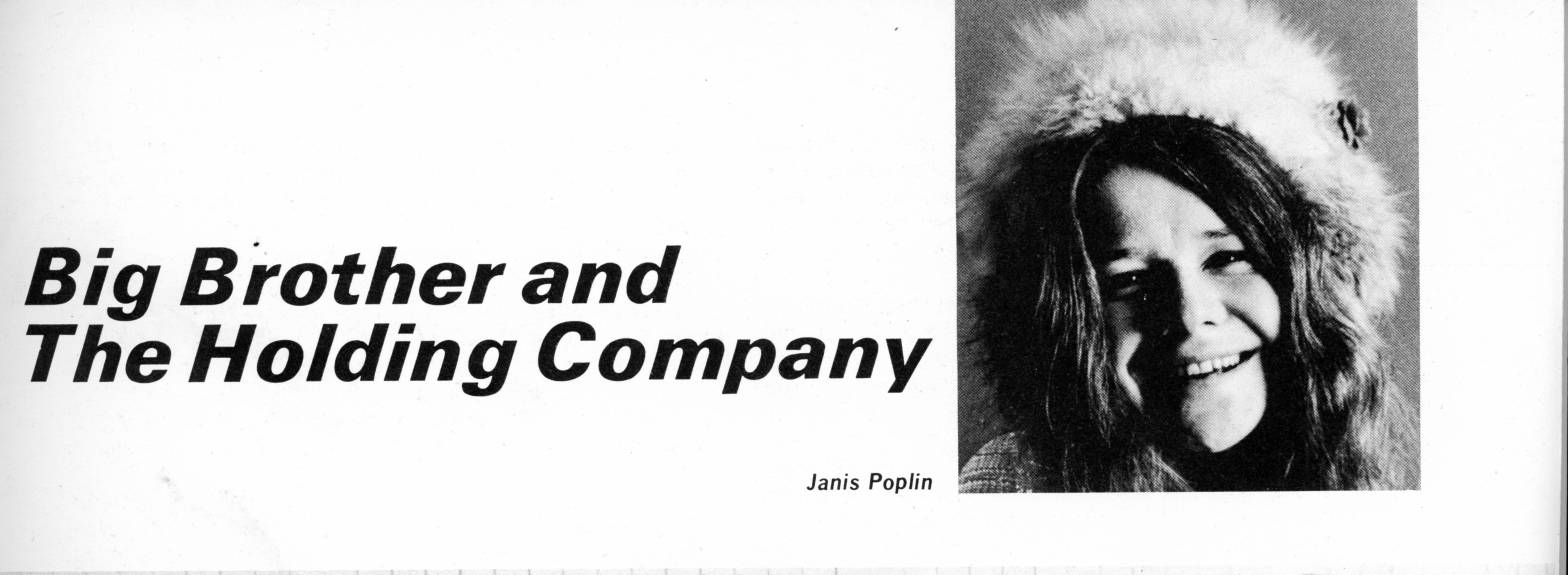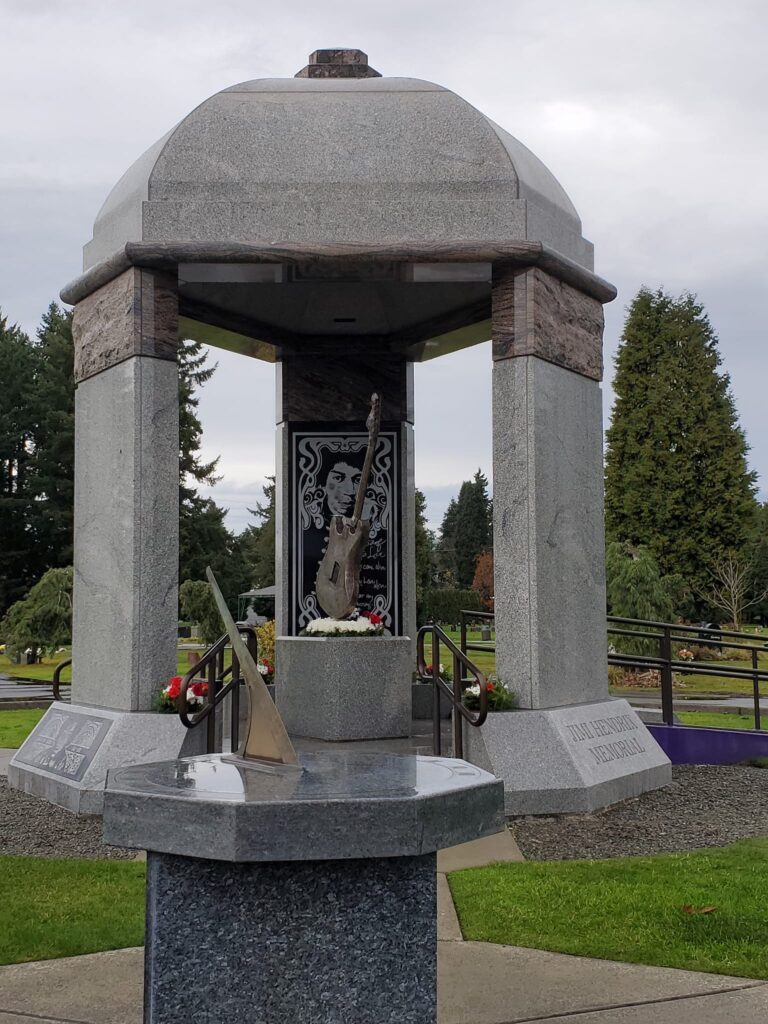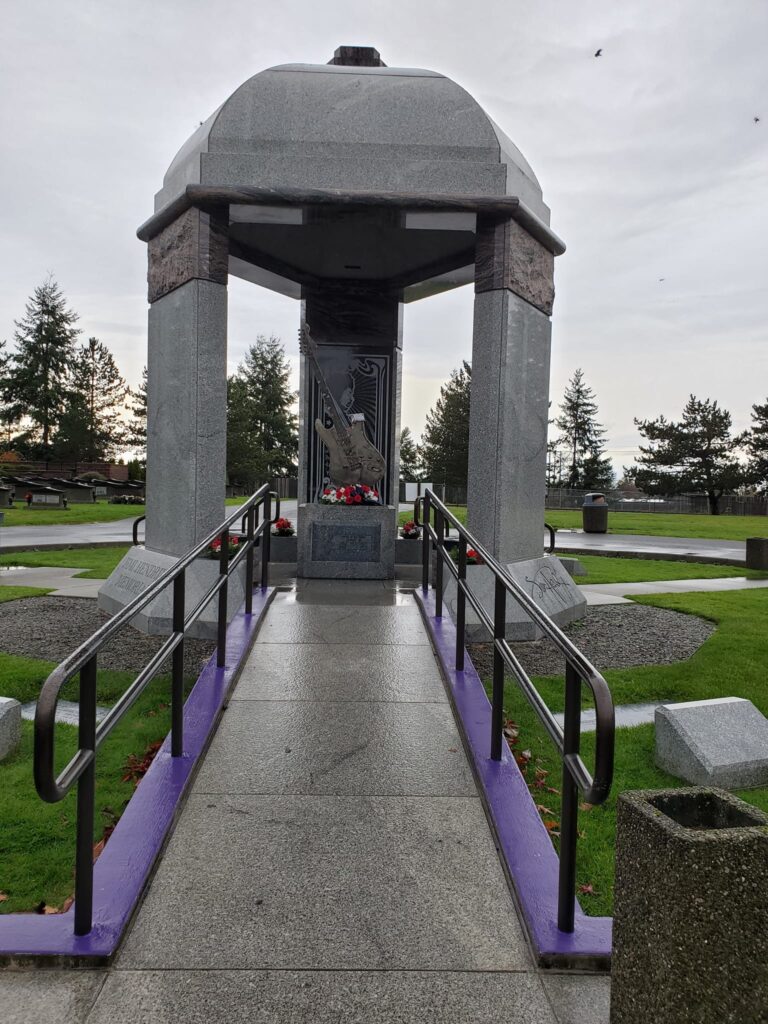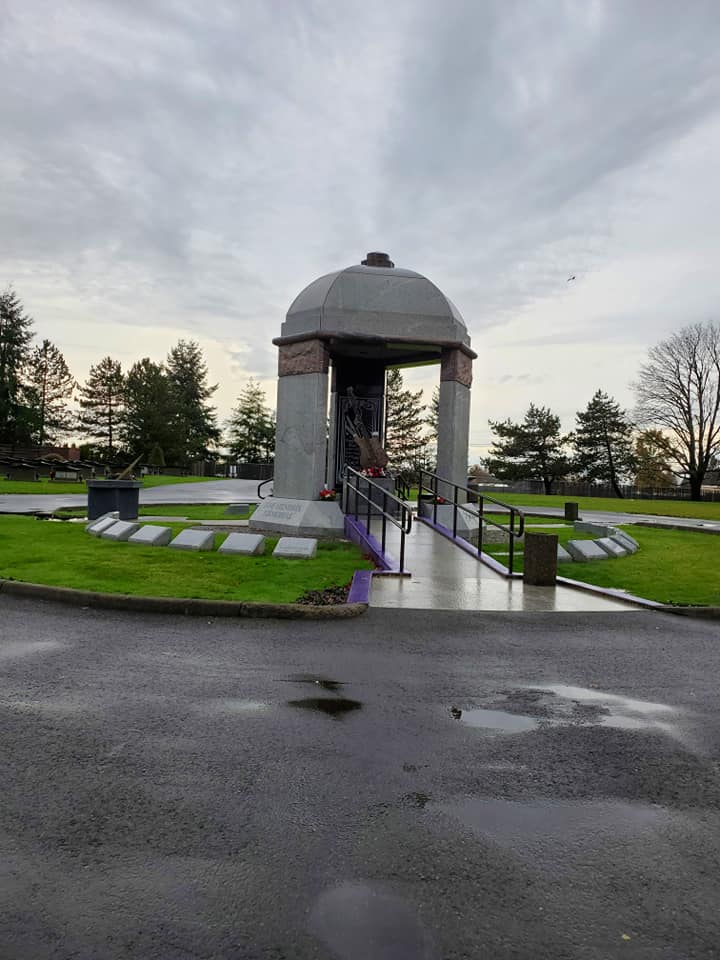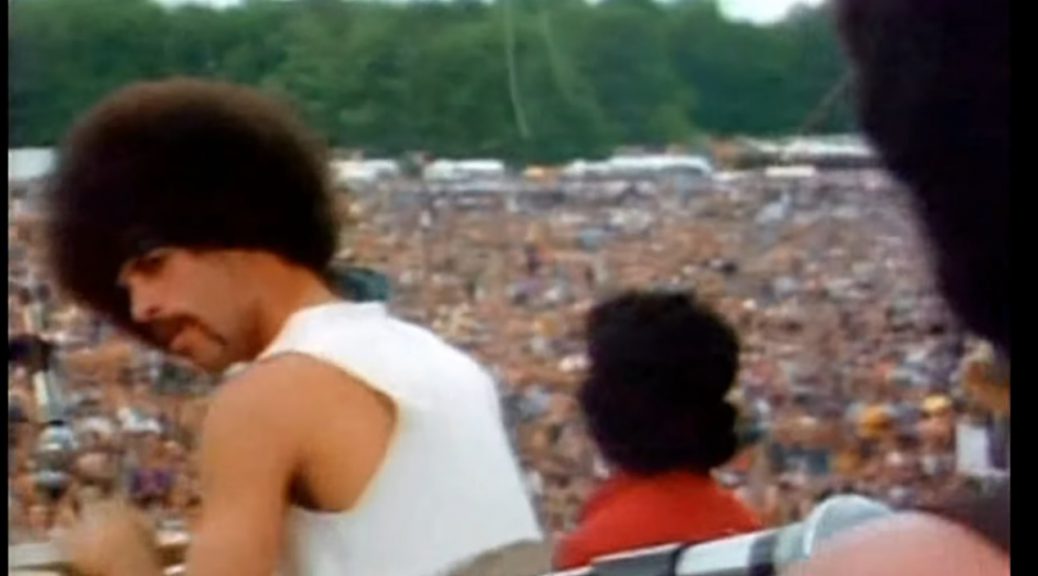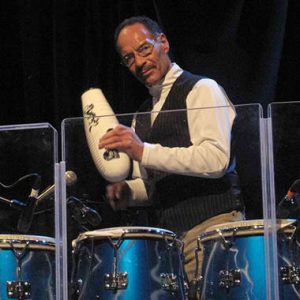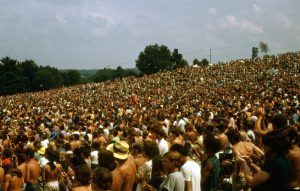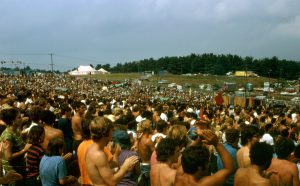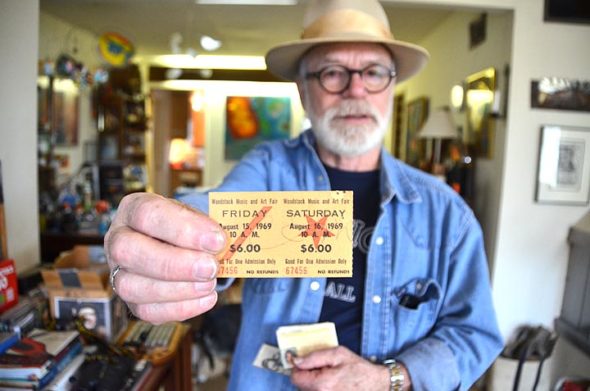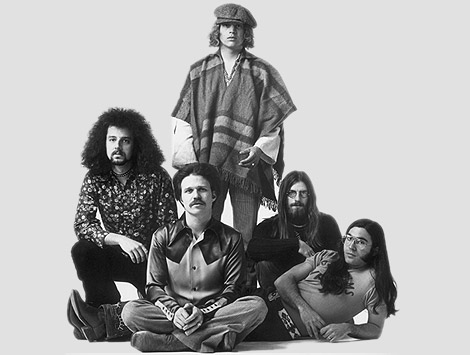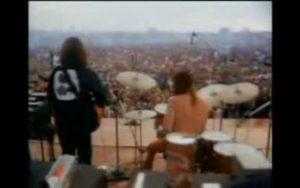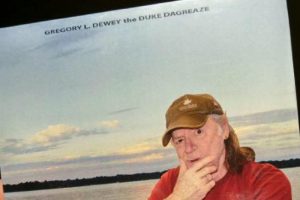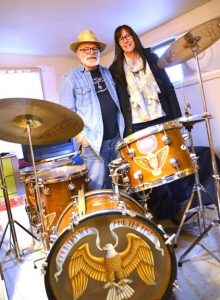James Marshall Jimi Hendrix
We all know his National Anthem
Imagine if he’d played Happy Birthday?
November 27, 1942 — September 18, 1970
James Marshall Jimi Hendrix
Most influential?
Too often media ask us questions like “Who is the greatest guitar player of all time?” The answer, of course, depends on many things: Who is asking? Who is answering? What does greatest mean?
Perhaps the better questions is “Who is the most influential guitarist of all time?” or simply, “What guitarist influenced you the most?”
Graffiti said Eric Clapton was “God.” Woodstock devotees likely answer Hendrix.
I think it’s better to avoid the whole question and admit what all must: Hendrix was an amazing, groundbreaking, and immensely influential guitarist.
And Buddy Guy was one of Hendrix’s influences.
James Marshall Jimi Hendrix
Woodstock Music and Art Fair
There were many performers scheduled for the Woodstock Music and Art Fair that easily convinced me that I had to attend. The Who. Jefferson Airplane. Crosby, Stills, and Nash. The Band.
At the top of that list was Jimi Hendrix.
Joe Cocker opened day three. Then the skies darkened and the torrents fell.
Tired, wet, hungry, worried whether our car was still parked on the side of the road eight miles away, having to be at work in 14 hours, friend Tony and I reluctantly left Max’s field that muddy Sunday afternoon and headed back to Jersey. No Hendrix.
So did 370,000 other fans in similar straits.
James Marshall Jimi Hendrix
1967 New York Rock Festival

I have been very fortunate in many ways and missing Hendrix simply meant I did not see him a second time.
On August 23, 1968 I saw the Experience with the Soft Machine, the Chambers Brothers, and Big Brother and the Holding Company. Big Brother featured, of course, Janis Poplin. That’s how the program listed Joplin. Twice.
Though no Woodstock, the New York Rock Festival was drier and we didn’t have to walk eight miles to get to our seats. A great night.
Elevator
I was on my dorm’s elevator on September 18, 1970 when I heard Jimi had died. I was on the same elevator 16 days later when I heard Janis died. Two of the greatest to many Boomers. Two of the greatest to anyone with ears to listen.
Rolling Stone magazine obit for Jimi Hendrix
James Marshall Jimi Hendrix
Photos of his grave in Renton, Washington, Greenwood Memorial Cemetery taken by Molly O’Reilly McCoy:
